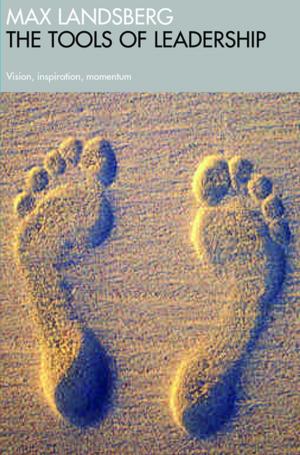| Author: | Lew Sauder | ISBN: | 9780983026662 |
| Publisher: | Lew Sauder | Publication: | March 13, 2014 |
| Imprint: | Smashwords Edition | Language: | English |
| Author: | Lew Sauder |
| ISBN: | 9780983026662 |
| Publisher: | Lew Sauder |
| Publication: | March 13, 2014 |
| Imprint: | Smashwords Edition |
| Language: | English |
In this fictional account of Stewart Bicycle Manufacturing, Sauder and Porter explore the working relationship between a successful baby boomer business owner and his Generation Y employee. A self-made man, Roger created his mountain biking business without the help of social networking. Phil, a recent college graduate, has grown up with the Internet and all its related technologies his whole life. Roger doesn’t understand the point of “fads” such as Facebook and Twitter accounts; Phil doesn’t understand why Roger doesn’t want to do more to advance his business into the twenty-first century. Roger assumes he can mentor Phil on the finer points of budgets and spreadsheets but is surprised to learn that Phil can mentor him on a few things as well. The traditional approach to mentoring was for the older, more-experienced workers to mentor the younger, greener workers, handing their knowledge down to the next generation. However, the current young generation, Generation Y, is much more unique than their preceding generations and can teach baby boomers how to adjust their business to the newest trends and technology. The term many people use for this concept is reverse mentoring, but Sauder and Porter believe the optimal solution is multi-generational mentoring--each generation sharing knowledge with the other for better leadership development, better inter-generational relationships, higher employee retention rates, and higher organizational-wide knowledge of technology.
In this fictional account of Stewart Bicycle Manufacturing, Sauder and Porter explore the working relationship between a successful baby boomer business owner and his Generation Y employee. A self-made man, Roger created his mountain biking business without the help of social networking. Phil, a recent college graduate, has grown up with the Internet and all its related technologies his whole life. Roger doesn’t understand the point of “fads” such as Facebook and Twitter accounts; Phil doesn’t understand why Roger doesn’t want to do more to advance his business into the twenty-first century. Roger assumes he can mentor Phil on the finer points of budgets and spreadsheets but is surprised to learn that Phil can mentor him on a few things as well. The traditional approach to mentoring was for the older, more-experienced workers to mentor the younger, greener workers, handing their knowledge down to the next generation. However, the current young generation, Generation Y, is much more unique than their preceding generations and can teach baby boomers how to adjust their business to the newest trends and technology. The term many people use for this concept is reverse mentoring, but Sauder and Porter believe the optimal solution is multi-generational mentoring--each generation sharing knowledge with the other for better leadership development, better inter-generational relationships, higher employee retention rates, and higher organizational-wide knowledge of technology.















